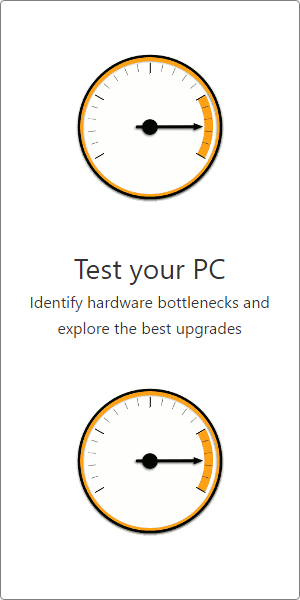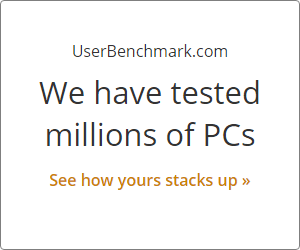Effective Speed
+95%
Poor: 46%
Great: 56%
SPEED RANK: 124th / 714
Poor: 91%
Great: 106%
SPEED RANK: 62nd / 714
| Effective 3D Speed
Effective 3D Gaming GPU Speed |
51.6 % | 101 % | Hugely faster effective speed. |
Average Score
+88%
Overclocked Score
+84%
Value & Sentiment
+∞%
Nice To Haves
+90%
Conclusion
Average Bench 51.6%
Average Bench 101%
User Builds
360,351
13,762
Systems with these GPUs
Top Builds that include these GPUs

 GPU
GPU
